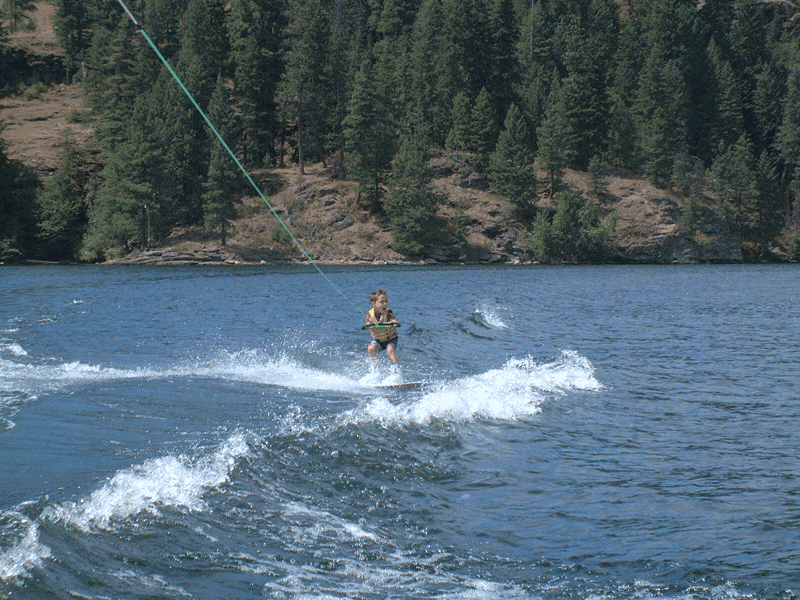We're new to inboards - our new 24Ve is our first. At the moment we own two boats so we're naturally doing comparisons and some questions have arisen.
1) Our jetboat has a dedicated floor drain that is plumbed to a dedicated scupper valve. Water that enters the passenger area (dripping clothing, boards, etc.) never gets to the engine compartment/bilge because it's routed straight to the lake. As a result, my jetboat's engine compartment remains dry all season long (and I do mean DRY). It appears that most inboards, though, just expect such water to drain into the bilge where it must be actively pumped out. What is the reasoning here? What would be wrong with a "sealed" floor and a floor drain?
2) Is there an inherent reason that wakeboats must be traditional inboards? I don't think the propulsion method plays a huge role in the shape of the wake or wave; I believe the hull is the dominant factor. Does it matter that the hull is being pushed forward by an exposed prop instead of an impeller? I'm asking because everyone jokes about "inboards only back up to the right". A jetdrive fixes that, as well as dramatically simplifies the entire drivetrain (no transmission at all, ultrafine control over F/R behavior, etc.). I'm not talking about using jetski engines - there are professional grade jetdrives used in everything from fishing boats to tugboats to cruise ships, powered by everything from electric motors to enormous diesels. The technology exists and is well proven. Is there some reason it can't be used on a wakeboat?
Thanks!
1) Our jetboat has a dedicated floor drain that is plumbed to a dedicated scupper valve. Water that enters the passenger area (dripping clothing, boards, etc.) never gets to the engine compartment/bilge because it's routed straight to the lake. As a result, my jetboat's engine compartment remains dry all season long (and I do mean DRY). It appears that most inboards, though, just expect such water to drain into the bilge where it must be actively pumped out. What is the reasoning here? What would be wrong with a "sealed" floor and a floor drain?
2) Is there an inherent reason that wakeboats must be traditional inboards? I don't think the propulsion method plays a huge role in the shape of the wake or wave; I believe the hull is the dominant factor. Does it matter that the hull is being pushed forward by an exposed prop instead of an impeller? I'm asking because everyone jokes about "inboards only back up to the right". A jetdrive fixes that, as well as dramatically simplifies the entire drivetrain (no transmission at all, ultrafine control over F/R behavior, etc.). I'm not talking about using jetski engines - there are professional grade jetdrives used in everything from fishing boats to tugboats to cruise ships, powered by everything from electric motors to enormous diesels. The technology exists and is well proven. Is there some reason it can't be used on a wakeboat?
Thanks!




Comment